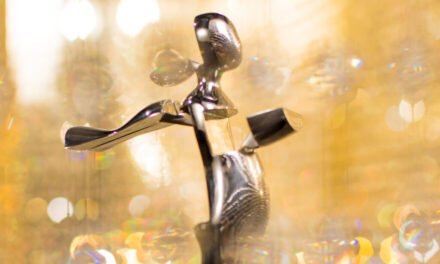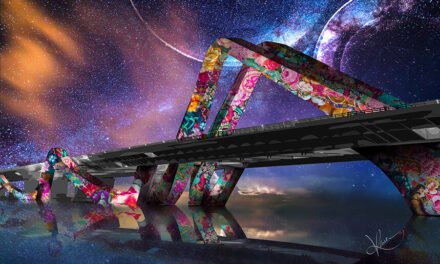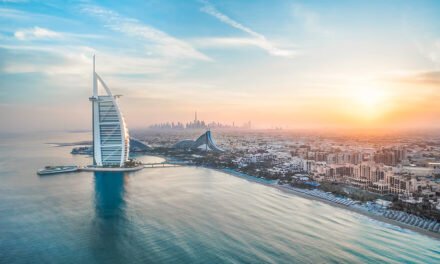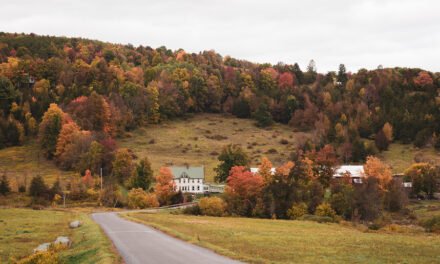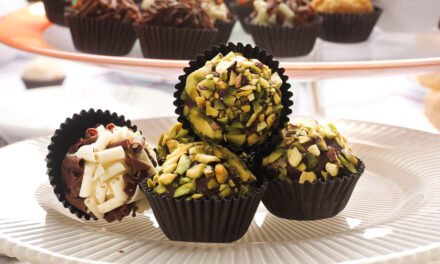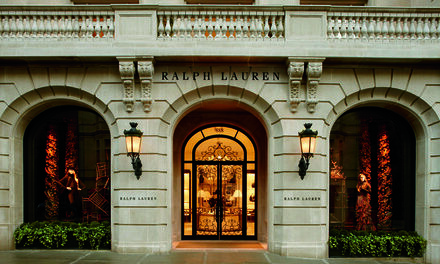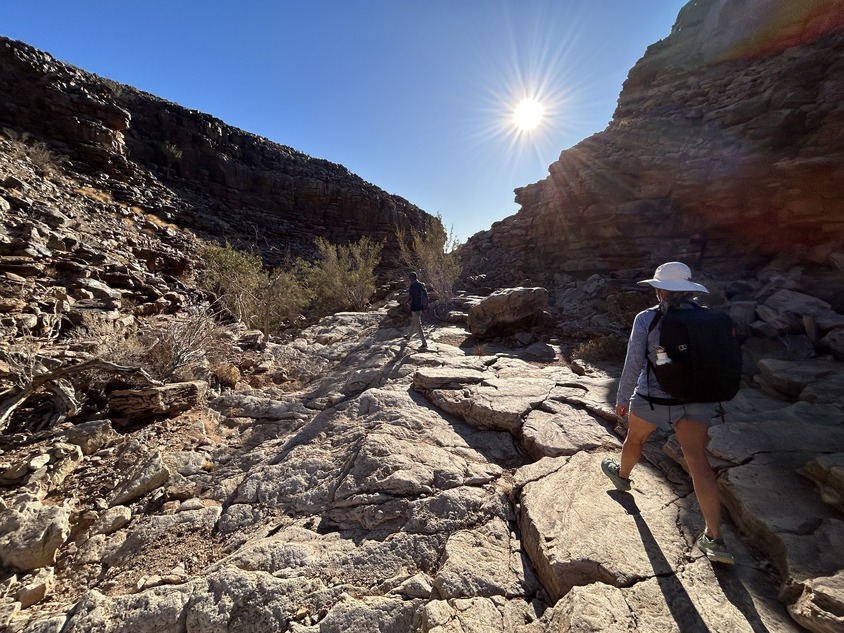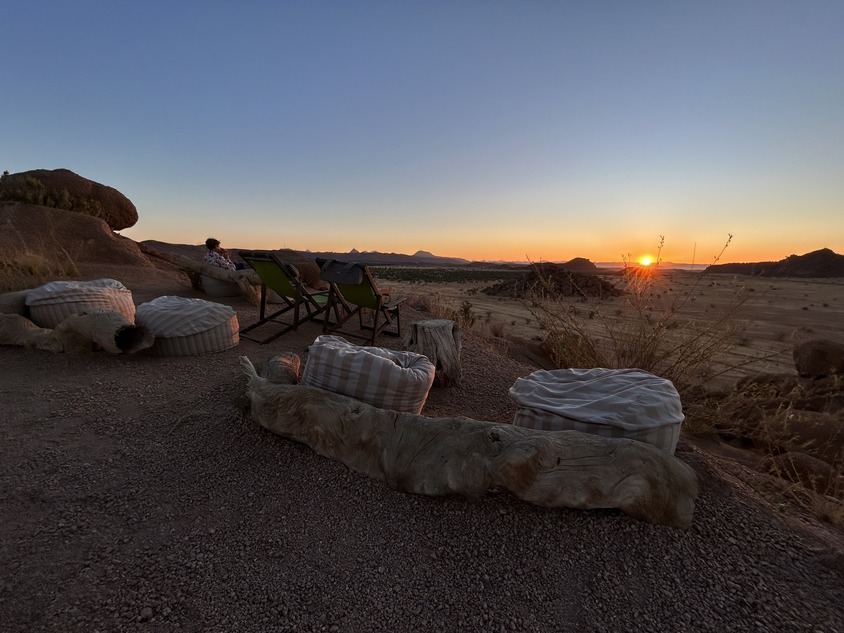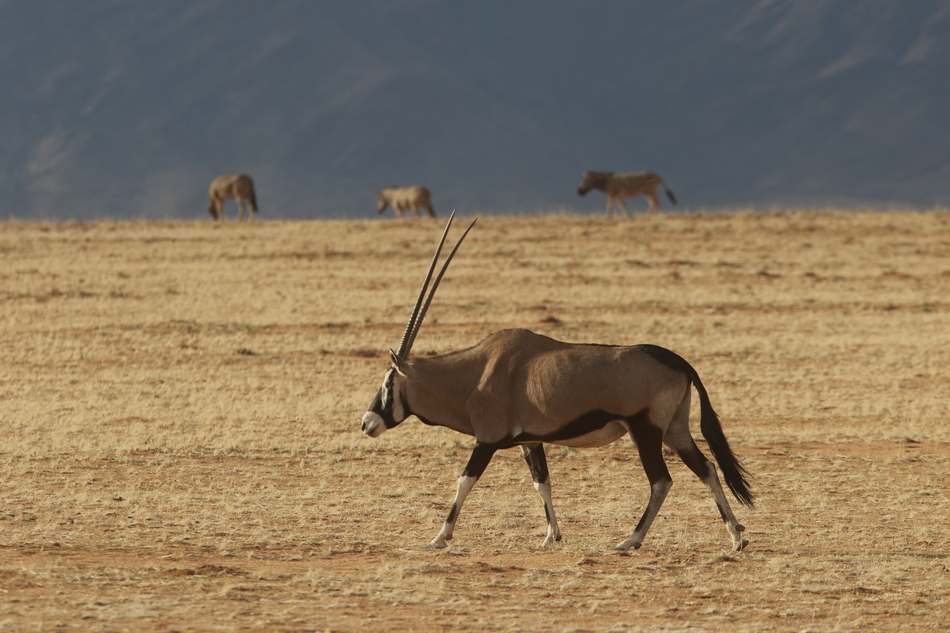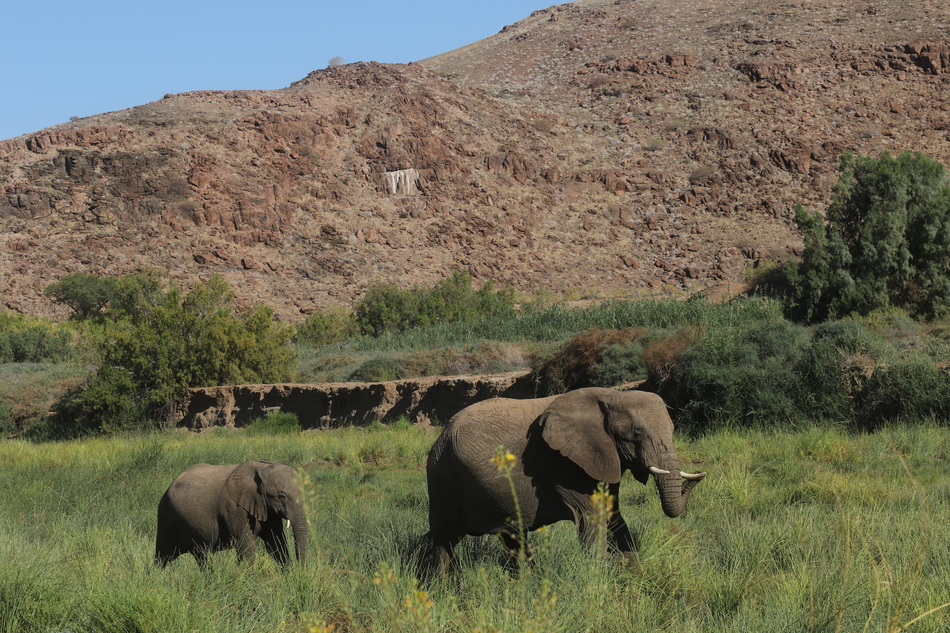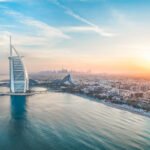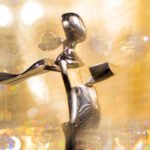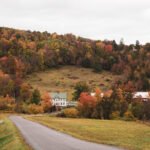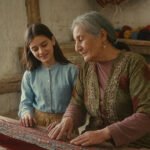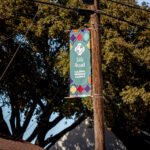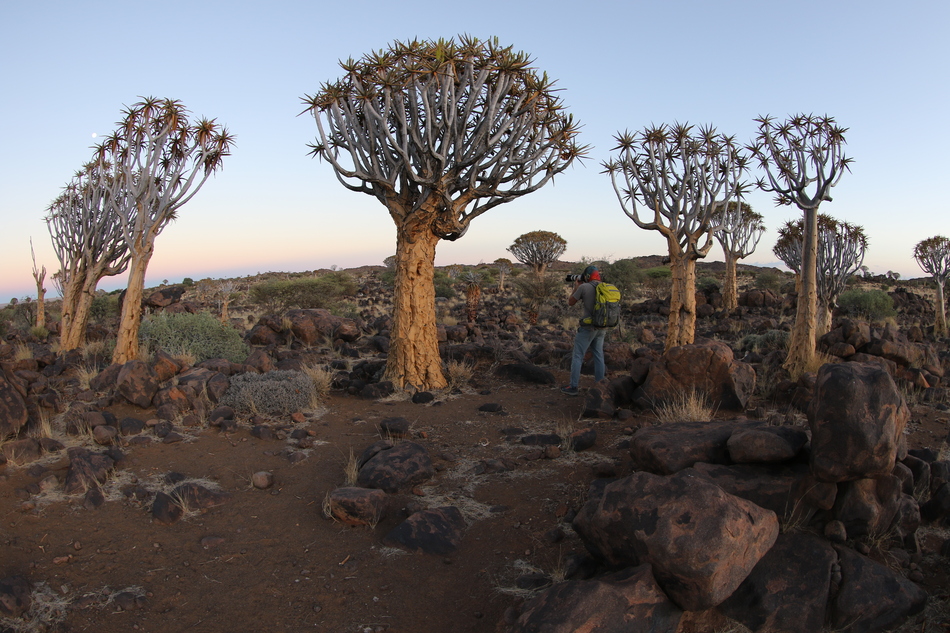
I was only a few feet away from the suricate when it momentarily stopped digging and looked over its shoulder. That was my moment to avoid that reddish-orange loam of the southwest African desert from dousing my camera gear.
This was my third trip to this arid and desolate southern African nation. Namibia is the third smallest country in the world by population density1 following Greenland and Mongolia. However, there is much flora and fauna in Namibia that has adapted to its rugged, unforgiving habitat. Namibia is not lifeless. Topographically, Namibia is stunning with endless sand dunes, craggy canyons, wave-battered coastlines, and massive salt pans, making it one of the most diversified countries on the entire African continent.
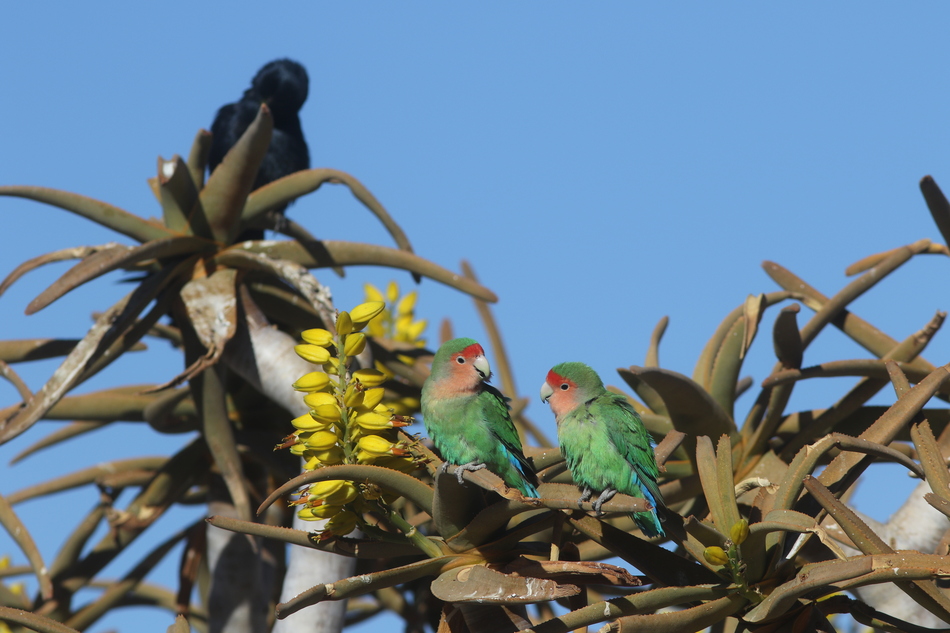
While swimming in the lap pool we were entertained by colorful, rosy-faced lovebirds roosting in a poolside quiver tree, and adorable baby hyraxes sipping from a waterhole. While cooling ourselves in the pool, we were also captivated by the daunting, striated cliffs, and the serpentine-shaped Fish River 15 hundred feet below us. The next morning, we hiked to the bottom of that deep ravine.
Knowing a tranquil swimming hole awaited us, our pace was steady across a long, gravelly plateau. The sun was scorching the earth, that dry desert heat could only be thwarted by that refreshing waterhole. The water was emerald green and cold but perfect to cool down. Swimming through the narrows of Fish River Canyon was one of the best experiences of our entire trip. It rejuvenated us for the hike back to the canyon rim.
Along the way though, we came across some heavy breathing next to the narrow trail. Tucked under a rock was an agitated puff adder, one of the most venomous snakes in all of Africa. The coiled serpent was living up to its name, as they puff themselves up to appear larger to fend off potential predators.
At the end of a long, memorable day, Holly and I went from one water source to the next, finding ourselves back at the serene lap pool on the rim of Fish River Canyon, the geological wonder mesmerizing from either “waterhole.”
Mountains of Sand
The towering dunes of the Namib-Naukluft National Park arguably captivate visitors more than any other natural wonder across the entire Namibian biome. The tallest dunes reach over 1,000 feet high, and their stunning orange, red and pinkish hues, coupled with detailed textures, far-reaching shadows, and artistic curves are perpetually intoxicating.
As a long, drifting plume of dust and grit spun off the rear of our land rover, we searched for two antelope that are synonymous with the immensity of the dunes. Namibia’s national animal—the gemsbok, and South Africa’s national animal—the springbok, are well-equipped for survival in the desert. Holly and I were both glued to our binoculars hoping to capture these two herbivores with the dunes as a stunning backdrop, offering an immense perspective in such a grandiose desertscape. However, we mostly settled for visitors attempting to hike up the dunes, struggling to straddle their steep, windblown crests, colorful sand showering every eager participant.
We also enjoyed a unique perspective from the air, floating over the desert in a hot air balloon. Before sunrise, the balloons were filled with hot air followed by guests clambering into sturdy baskets to witness the vast sand dune ecosystem that didn’t quit until they spilled into the cool Benguela Current traveling up the Skeleton Coast in the Atlantic Ocean. It was a site to behold as we watched ostriches and herds of antelopes traversing the dunes in search of food.
Another incredible diversion within that epic “dunescape” was the dry salt pan of Dead Vlei. Lifeless camelthorn trees that died off over 600 years ago stood in the middle of the mud-cracked pan creating ghostly silhouettes surrounded by the sheer immensity of the dunes. “Big Daddy,” arguably the largest dune in the national park hovered over the western corner of Dead Vlei. Early morning was the best time to visit this otherworldly landscape, especially with the sun barely cresting the tallest dunes and long shadows creeping back into the desert abyss.
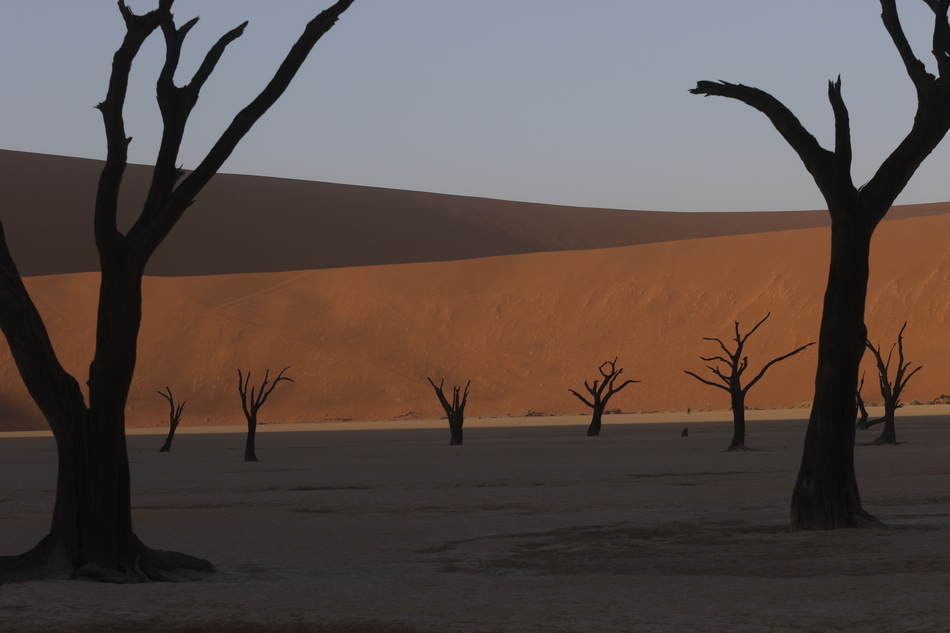
Sunrise is the time for the long dead camelthorn trees silhouetted against the majestic sand dunes at Dead Vlei
Desert Dwellers
Our favorite place we stayed was Camp Kipwe constructed within one of the many mountainous clusters of gritty rock outcroppings within Damaraland in northern Namibia. The path established within the slabs leading to our chalet also opened onto a deck, and private pool with stupendous vistas of the surrounding desert. We shared our chalet with a squadron of harmless geckos chirping and feasting on a smorgasbord of insects.
As much as we loved the small creatures of Namibia, Holly and I had hopes of experiencing its largest – the rare desert elephant. As big as elephants are, ironically, they can be just as stealthy even in the densest desert flora. While tracking them in the upper reaches of the Huab River, the steady runnel was thick with lush reeds, acacia, and camelthorn trees. Desert elephants know where to find water as we followed their round, detailed spoor crisscrossing the river.
We parked our 4×4 rig on a sandy embankment, turned off the engine, and waited. We heard them rumbling, concealed in the lush vegetation. Then we saw a female and her calf thrashing and then emerging onto the sandy riverbank. The calf stayed close to its doting mother as they continued upriver. They were soon followed by six more elephants heading east, enjoying the Huab’s steady flow.
The Huab flows west carving a broad swath that eventually winds its way to the desolate Skeleton Coast and the Atlantic Ocean. Antelope such as gemsbok, springbok, and southern giraffe frequent the riverbed grazing on fresh green shoots of desert vegetation. The desert elephants also assist in their foraging. Branches out of their reach are torn off by the elephants and left for the antelope to feed on. The best surprise though, was when a lone, bull desert elephant utilized its trunk to shower its head in the fine dusty loam of the dry riverbed, a ready-made mobile desert dust bath in northern Namibia.
Speaking of enduring the harsh desert realm, during our five days in Damaraland, we also came across members of the semi-nomadic Himba people. Dare I say, the women possessed some of the most strikingly beautiful skin I’ve ever seen? But that is all due to the Himba extracting natural resources from the desert, thus creating a lotion that not only moisturizes their skin, but also doubles down as a sunscreen and bug repellent. They even use it in their colorful dreadlocks.
Just as much as Holly and I were curious about them, this group of Himba women and children were also wondering about us. The children didn’t say much, but their ear-to-ear smiles said it all while hiding behind their mothers, sisters, and aunts. Of course, beyond hand gesturing, we couldn’t communicate with them, but sometimes it’s all that is needed to feel comfortable around one another.

All around the Waterholes
Etosha National Park is one of the largest and oldest national parks in the world. Much of it is dominated by a massive salt pan, a magnificent white glare in northern Namibia. Around the southern fringe of the salt pan are a series of year-round springs and waterholes.
One of those water sources displayed a fine example of the circle of life, natural wonders abounding across southern Africa. Under a sweltering mid-day sun, a lioness with her four hungry cubs had just finished gutting an unlucky zebra. The lioness had dragged the carcass into the shade for safekeeping beneath a fallen tree.
The cubs were so satiated that one of them was napping inside the exposed ribcage of the zebra. Pacing back and forth beyond the pride of lions were two spotted hyenas, the larger alpha female, and a subordinate. They were clearly strategizing but were still forming a plan as to how to drive off the lions from the carcass.
Because it was so hot, the two hyenas went to the nearby waterhole to soak and scheme the afternoon away. All wildlife drinking from that water source quickly vacated. Herds of wary zebra, gemsbok, springbok, black-faced impala, red hartebeest, and guinea fowl scurried to the periphery while the scavengers dunked themselves repeatedly. For us, we had to return to our lodge for the night, but Holly and I vowed to return early the next morning.
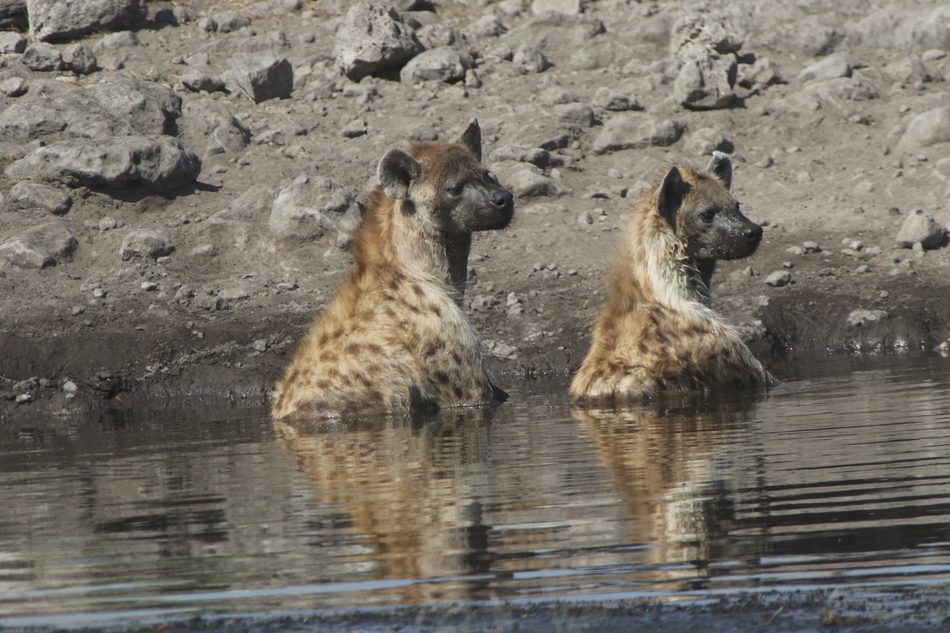
However, even though the hyenas had secured the zebra carcass for themselves, they couldn’t rest easy. They were pestered by four black-backed jackals nipping at their heels. Within the 24 hours I photographed the evolving drama from predator to prey, back to predator and now scavenger, it all revolved around that waterhole.
The alpha female hyena and the rest of her small clan now endured the strategic jackals diving in for scraps, anything that might be available to them. However, as the morning wore on, and it grew hotter, that waterhole beckoned. It was time for another much-needed soak. The alpha female left the clan and ever-present jackals and soaked her scruffy self in the muddy shallows of the waterhole.
The expression on the face of that alpha female never seemed to wane. It was a combination of anxiety and desperation yet fortified with her steely jawline. She was in command, but a pride of lions was lurking nearby, so even soaking in the waterhole was not a complete reprieve.
That waterhole revealed a pride, a clan, and several different herds all utilizing the desert biosphere to their advantage. Still, the cycle of life offered no guarantees across the sweeping southern African savannah. Man, flora, and fauna, all striving for survival throughout Namibia’s stark desert realm.

Note: According to GlobalData, as of 2021, Namibia is the third smallest country in the world by population density with 3.14 people per square kilometer following Greenland and Mongolia

